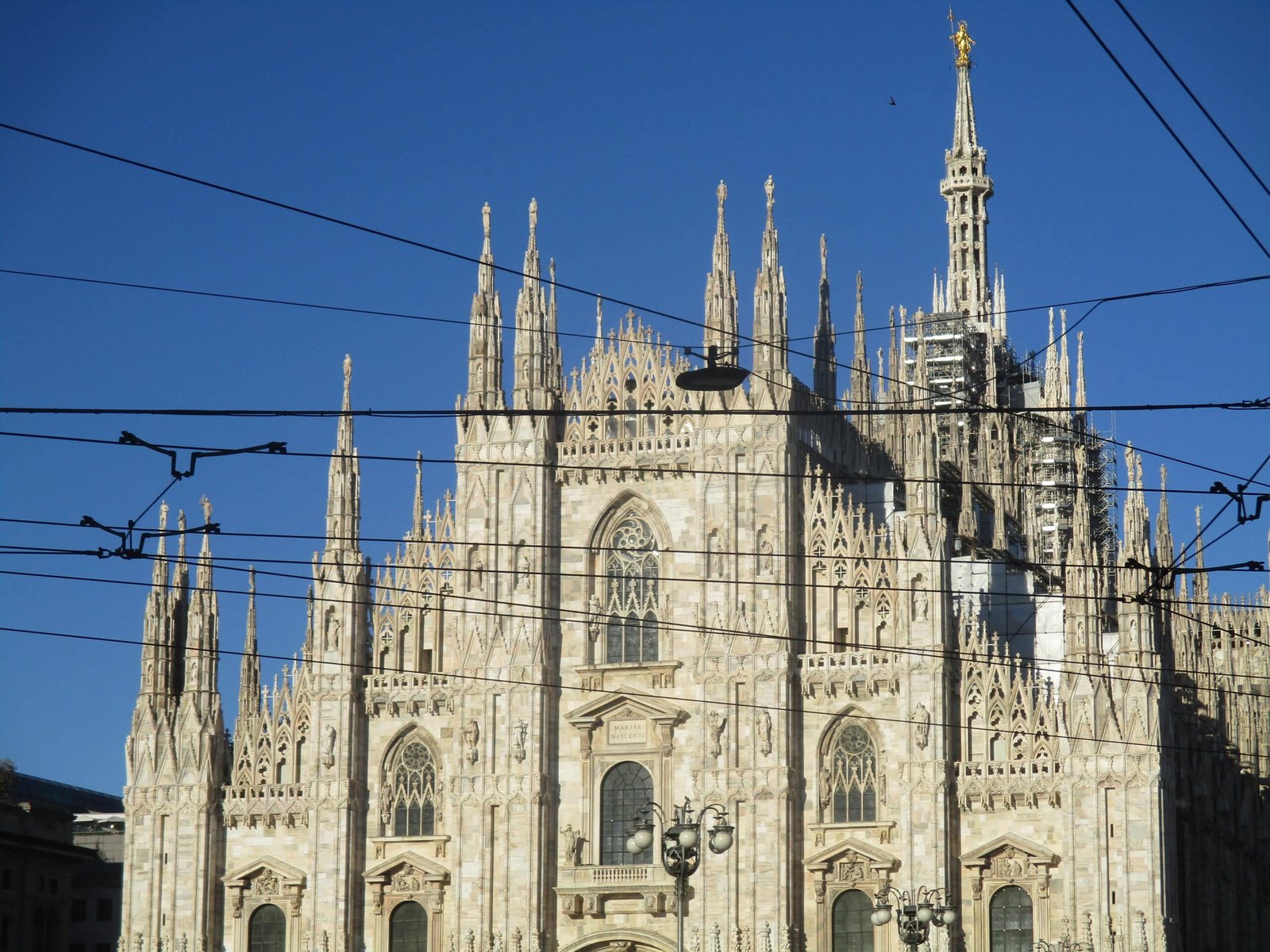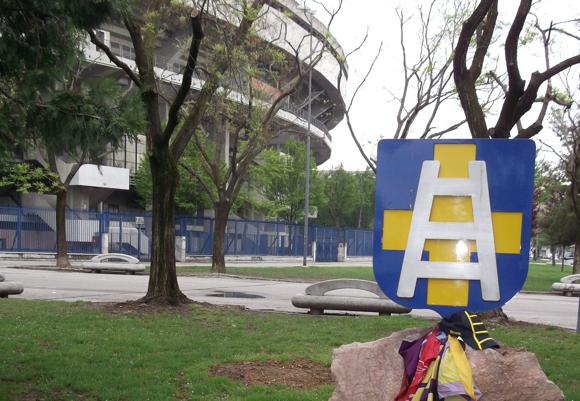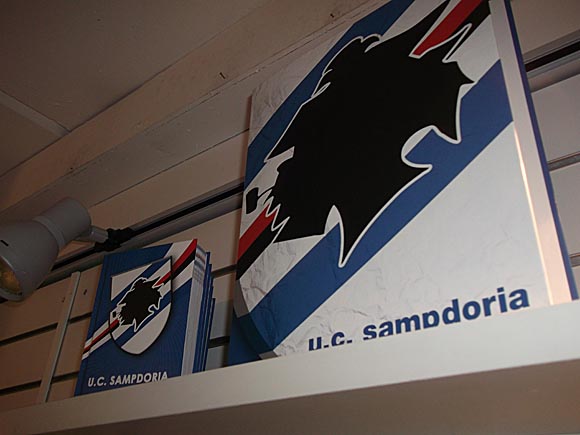The field of dreams – and the story behind it
For the best part of a century, Milan’s San Siro has been one of football’s most iconic arenas, home to AC Milan and Internazionale, city rivals who have shared the stadium since 1947.
Host of several European finals, stage for a World Cup semi-final in 1934 and a World Cup opener in 1990, the San Siro enjoyed its golden age between those two global showcases, when it was converted into a stylish arena for the new European age in the early 1950s. The proposed capacity then was, quite incredibly, 150,000. It current just holds half that number, still making one of the biggest club grounds in Europe.
In a recent proposal, all this is set to come to an end in 2026, exactly a century after Milan president Piero Pirelli commissioned (and paid for) a football arena in the English style, with no running track, its four stands making a rectangular shape around the pitch. Despite three major overhauls, the San Siro has never not lost its shape, its style nor its staying power.

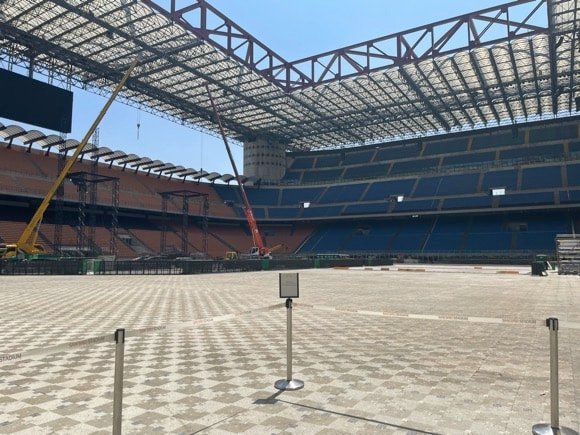




Once the stadium hosts the opening ceremony of the 2026 Winter Olympics – the closing finale will be held in Verona – the San Siro is due to be knocked down and in its place will rise La Cattedrale. Designed by Populous, responsible for the new Wembley, Emirates and Tottenham Hotspur Stadiums, among many others, The Cathedral will accommodate 65,000 spectators in a light-filled, sustainable space whose aim is to attract visitors 365 days a year.
What it can never do is replicate the electricity of seeing the world’s very best, up close up, as crescendos of noise and colour burst from Inter’s Curva Nord and Milan’s Curva Sud – or, ideally, from both, at the Derby della Madonnina between the city rivals.
This was probably not what Piero Pirelli had in mind when he found the ideal site for his stadium in 1925, west of town in an area known as San Siro.
The later tyre magnate had taken over the Rossoneri in 1909. As opposed to the other stadia being built across Mussolini’s Italy, Pirelli’s San Siro was laid out like traditional grounds in England, with the crowd up close – perhaps the influence of Pirelli’s formative years in regular contact with the English founders of his Milan club in the early 1900s.







Back then, Milan were playing at a trotting track near the site of today’s Stazione Centrale. As the club moved around the city, Pirelli realised he could build a permanent home for Milan close to the Hippodrome he also oversaw.
With four separate stands, the San Siro was unveiled in September 1926, with a friendly between the two city rivals. Back then, Inter were equally nomadic, moving from the Campo Ticinese near the present-day Genova station to a ground on via Goldoni, before moving into Italy’s first international ground, the Arena Civica, near Sforzesco Castle.
By the World Cup of 1934, the San Siro had long superseded the Arena as the international venue of choice, staging the muddy semi-final in which Pozzo’s Italy beat the Meisl’s Austrian Wunderteam. The Arena staged its last international in 1935.


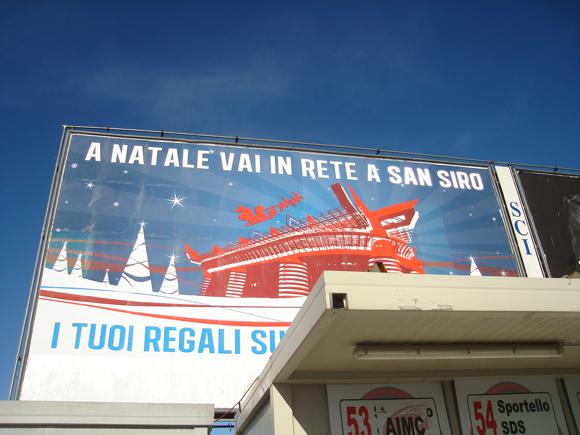



After the war, Inter moving in to groundshare and the San Siro came back in style. In 1955, the stadium was revamped, given another tier and its distinctive candy-twist appearance around the outside. Capacity touched six figures, such as the 100,000 squeezed in for the visit – and Italy’s victory over – Brazil in 1956.
For the 1990 World Cup, a plexiglass roof with distinctive red girders was added, as well as a third ring. A maximum all-seated capacity of just over 80,000 – and an official name of the Stadio Giuseppe Meazza after the legendary Inter striker – remain to this day. Spectator numbers are usually capped around 75,000, the higher figure the necessary number for the San Siro to host the opening game of Italia ’90.
Average gates for the now resurgent Milan giants are a near-capacity 70,000. Fans hang over the pitch in steep-sided tiers – you can smell the turf near the touchline. Such intimacy would be impossible at the Olimpico in Rome, whose city rivalry is more dependent on geography, social class and political leaning.
Meanwhile, reports of the death of the San Siro might be greatly exaggerated, at least for the time being, as Milan will surely play a leading role when Italy co-hosts Euro 2032 – either here or at the stadium which replaces it.














getting here
Going to the stadium – tips and timings








The San Siro has its own stop on the M5 line, opened for the 2015 Expo, linked directly to Garibaldi station, one change from Centrale. The station is right by the stadium.
getting in
Buying tickets – when, where, how and how much





The biglietteria nord row of ticket offices faces gate 1, near the first bar hub you come to from Lotto. The circular building housing the biglietteria sud is near gate 14. There’s another biglietteria by gate 7. To buy tickets, you must show ID.
Inter and Milan also have their own separate ticket arrangements. Inter use the ticket office by gate 14 for pre-match sales – Milan only on match days.
The San Siro is comprised of three rings, 1 anello being closest to the pitch and therefore priciest, 3 anello highest and cheapest. The four sides of the San Siro are colour-coded, blue (blu, AC) and green (verde, Inter) behind each goal, red (rosso) and orange (arancio) along the sidelines. There, a decent seat in the second row is about €40-€50. Prices rise for derbies and Juve visits, when prime spots are €100 or more.
what to buy
Shirts, kits, merchandise and gifts



tours & Museum
Explore the ground inside and out







Tours in English and Italian (inc museum €30, 6-14s/over-65s €23, free under 6s) run every 30 mins (daily 10am-6pm, variations on match days) from gate 8, where you’ll find the San Siro Museum with shirts down the ages, archive photos and a timeline of stadium and club histories. The Italy display, laid out tournament by tournament, is a like a catwalk of football fashion.
Personable tour guide Alessandro leads visitors round both dressing rooms and describes the onerous costs of relaying the San Siro turf five times a year.
Where to Drink
Pre-match beers for fans and casual visitors












Around the stadium on match days, as you run the gauntlet of grill vans, on the Hippodrome side of the stadium are two lively kiosks: the Chiringuito Milano, offering chupitos, beers and cocktails; and the Ortobello, decorated with old records and promising ‘Hamburger and Joy’. Each has the feel of a pop-up bar, with chatty young staff and clientele.
On this same side of the stadium, between Gates 0-1, the wonderful Baretto 1957 Milano is popular enough pre-game to sell its own logo’d T-shirts. Branded everywhere with the distinctive red star of Heineken, it also pours Moretti and Bulldog strong ale.
Opened towards the end of 2024, sports pub Bordocampo at Gate 15 operates regular hours and to screen Inter games with the Nerazzurri are playing away. It’s attached to the match-day Pitchside Club, a comfortable, VIP-oriented space overlooking the action, bookable for each game.






A short walk from San Siro metro station, up via Federico Tesio by the trotting track, the Old Tenconi Pub is an excellent choice, a fact not lost on the Wolfsburg fans who left scarves here. In place since Italia ’90, it provides almost everything you could wish for in a pre-match bar, plus a view of the San Siro from its outside benches.
Inside is wooden and suitably pub-like, with a food counter alongside a bar counter lined with several tap beers, including Tennent’s Extra (!), HB, Danish Bjørne, Riegele from Augsburg and Belgian favourites Kwak and La Chouffe. Old adverts and TV screens dot the rest of the interior, which also displays shirt-shaped evidence of visits by fans of Southampton, Derby and Fluminense.
Next door, La Barchetta is a classic Italian restaurant – reserve a table through the website before match day.


